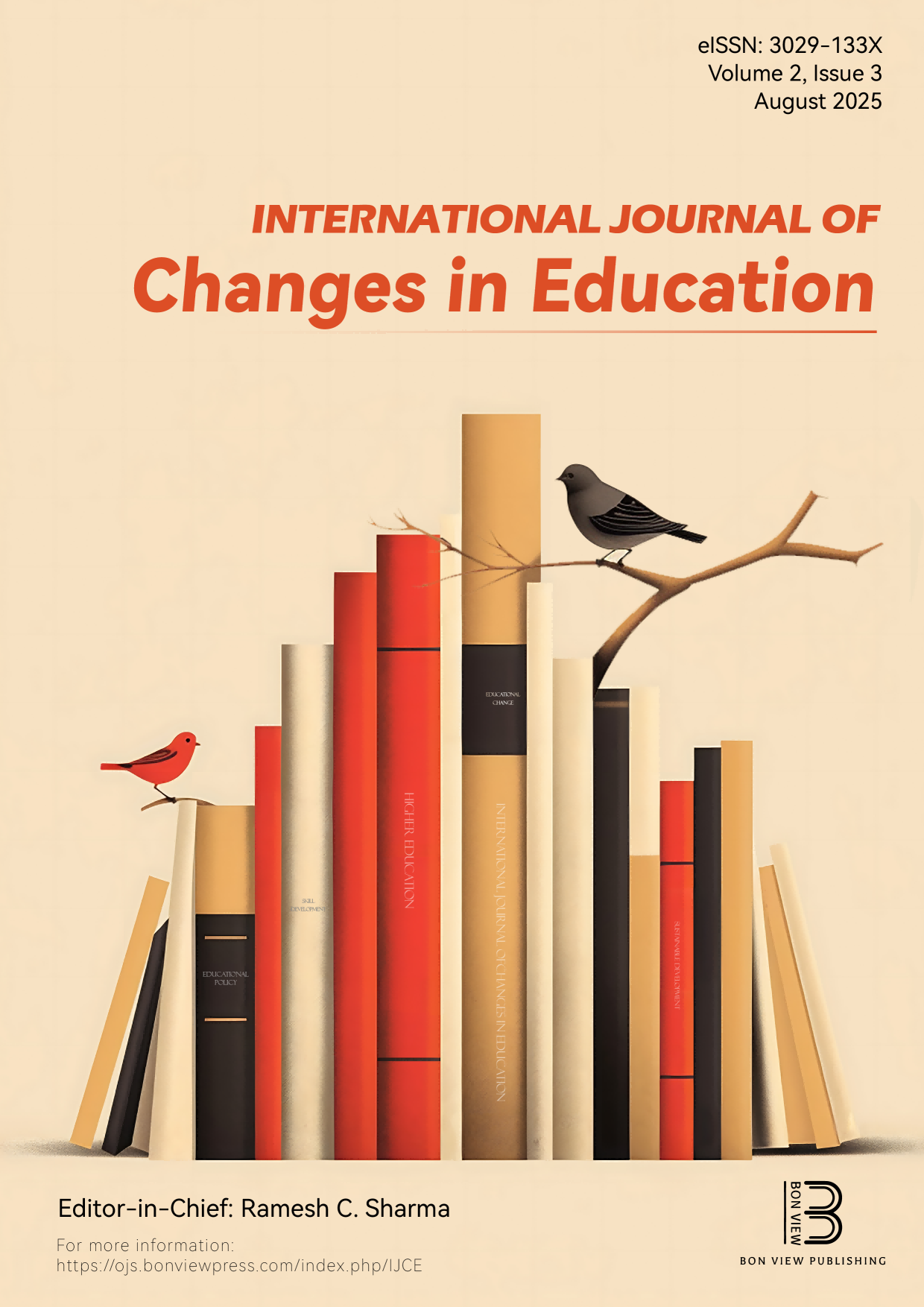Aligning Gamified Learning Experiences to Learning Outcomes
DOI:
https://doi.org/10.47852/bonviewIJCE52023413Keywords:
gamified learning experience, gamification alignment table, gamification alignment model, intended learning outcomes, Australian Qualifications FrameworkAbstract
Gamified learning experiences use game mechanics and structures in curriculum and learning activities to engage students with content and scaffold toward intended learning outcomes. Using the domains of Bloom's taxonomy of learning in the cognitive domain to explore the possible relationship between games and learning for application to university learning, links can be made between thinking skills and game types. This paper describes the development of the gamification alignment table and the gamification alignment model, how these were used to design a gamified learning experience (GLE) for the intended student learning outcomes at the first-year undergraduate level, and how they could be used at master's level with different available in-game choices. The gamification alignment table allows learning designers to identify how the pedagogical lexicon matches to existing features of games and therefore can be easily transformed into GLEs. In the gamification alignment model, the six levels of knowledge in the cognitive domain, with pedagogical verbs used by educators and learning designers in planning and designing GLEs, are paired with game types involving different sorts of learning activities. The concept explored in the example GLE in this paper was the accounting and finance threshold concept of the time value of money. This research provides a further link between Bloom's levels and the Australian Qualifications Framework levels and the comparable European Qualifications Framework levels. This novel mapping provides rationale for the linking of game design and learning outcomes and will be of interest to educational designers, as well as academics, with a learning focus.
Received: 13 May 2024 | Revised: 19 November 2024 | Accepted: 16 December 2024
Conflicts of Interest
The authors declare that they have no conflicts of interest to this work.
Data Availability Statement
The data that support the findings of this study are openly available in UniSC Research Bank at https://doi.org/10.25907/00887.
Author Contribution Statement
Kayleen Wood: Conceptualization, Methodology, Software, Validation, Formal analysis, Validation, Investigation, Resources, Data curation, Writing – original draft, Writing – review & editing, Project administration. Steve Drew: Conceptualization, Investigation, Writing – review & editing, Supervision.
Downloads
Published
Issue
Section
License
Copyright (c) 2025 Authors

This work is licensed under a Creative Commons Attribution 4.0 International License.


